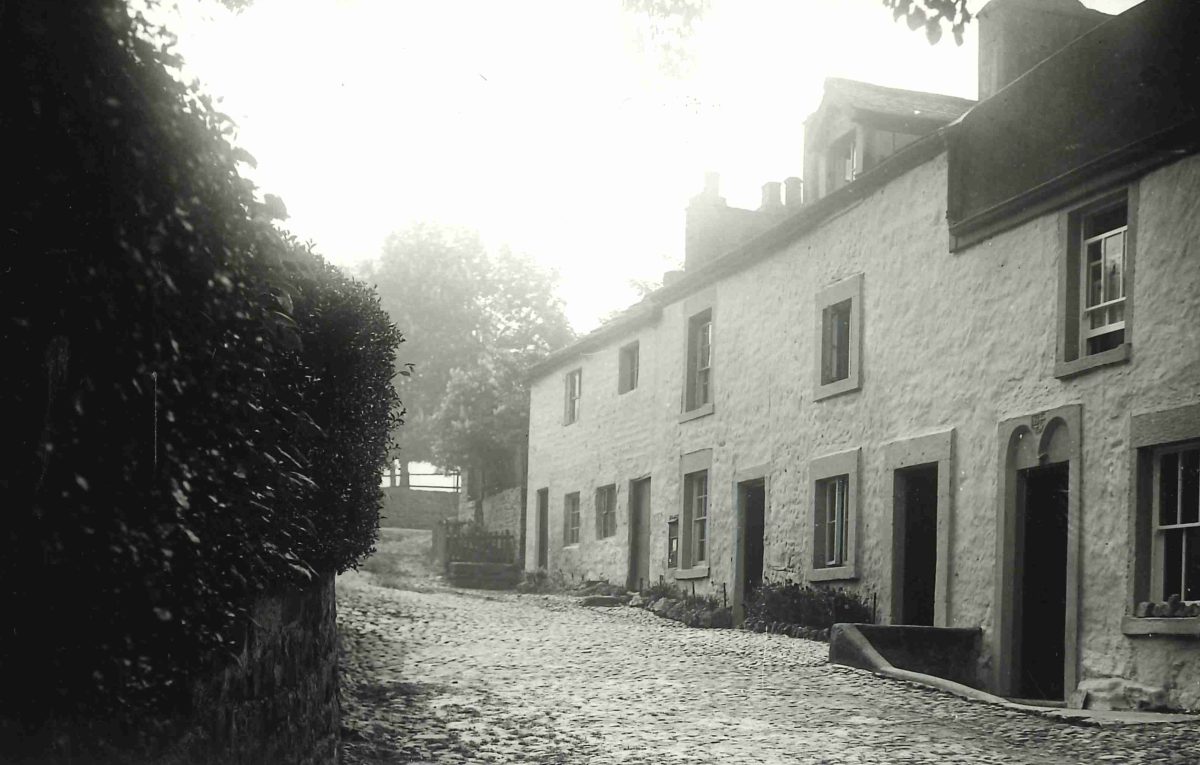Aldcliffe was first recorded in the Domesday Book as ‘Aldeclif’. A place-name starting with ‘Ald’ can often mean ‘Old’ – for example Aldborough in North Yorkshire is the ‘Old Borough’ (fortification) – in this case a Roman tribal capital or ‘civitates’.
However, this is not the case here, as Aldcliffe is a straightforward Anglo-Saxon place-name meaning Alda’s cliff or slope. Alda was a fairly well-known Anglo-Saxon name and the land slopes up to around 100 feet close to where Aldcliffe Hall was sited.
Although we think of cliffs as being steep, originally they could also be a slope – although one that might be quite noticeable locally. Many are close to water and Aldcliffe is near the Lune. The medieval Aldcliffe Hall would have had good views across the river.
Historically Aldcliffe was linked to Bulk. Along with Lancaster Priory, the two were granted to the Abbey of St Martin’s at Sées in Normandy in 1094. From then on they seem to have been paired together as though they were one estate.
In 1557-8 following the Dissolution of the Monasteries, the two estates were sold to the Catholic Dalton family of Thurnham. Along with Dolphinlee, Aldcliffe Hall became a centre for Roman Catholicism, which was practised illegally during the late 1500s and 1600s.
The photo shows the old cottages at Aldcliffe with the land sloping upwards behind them.


